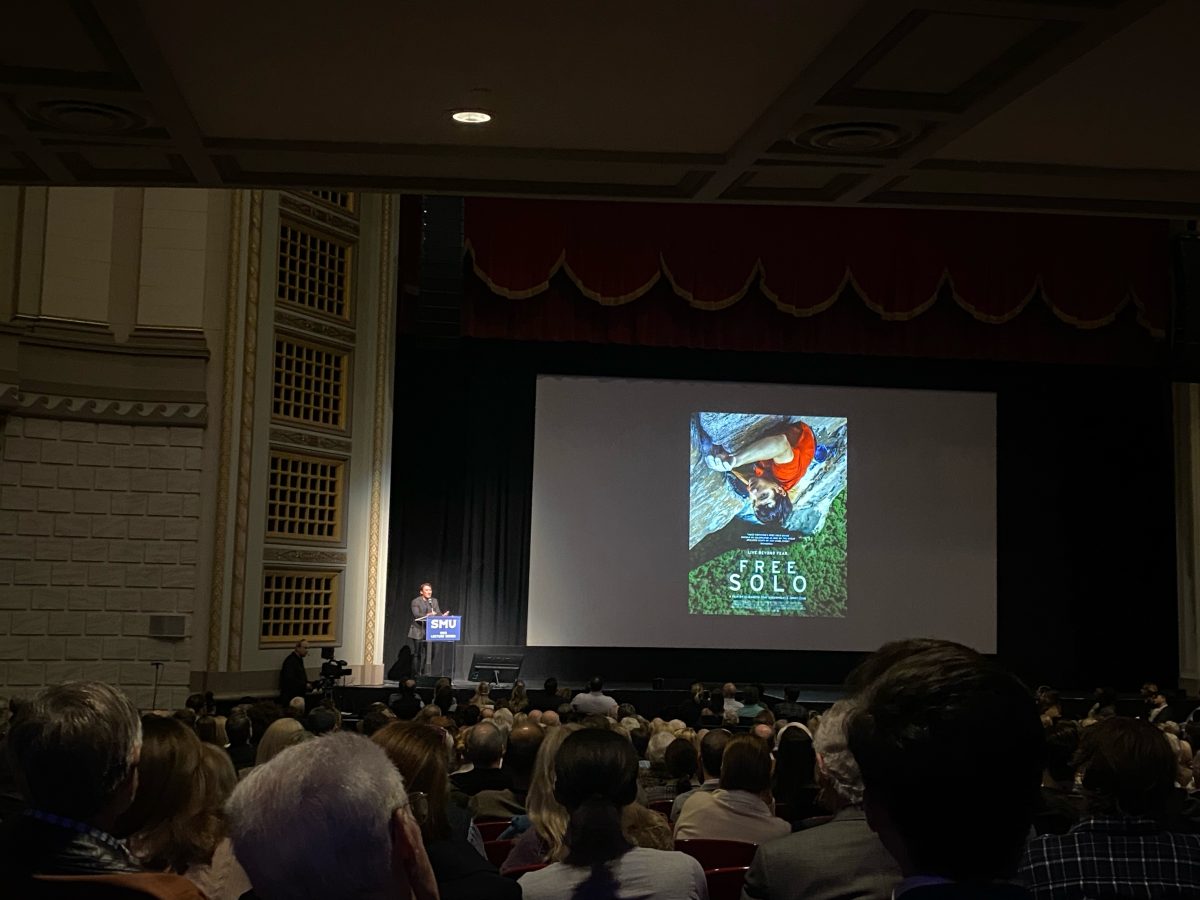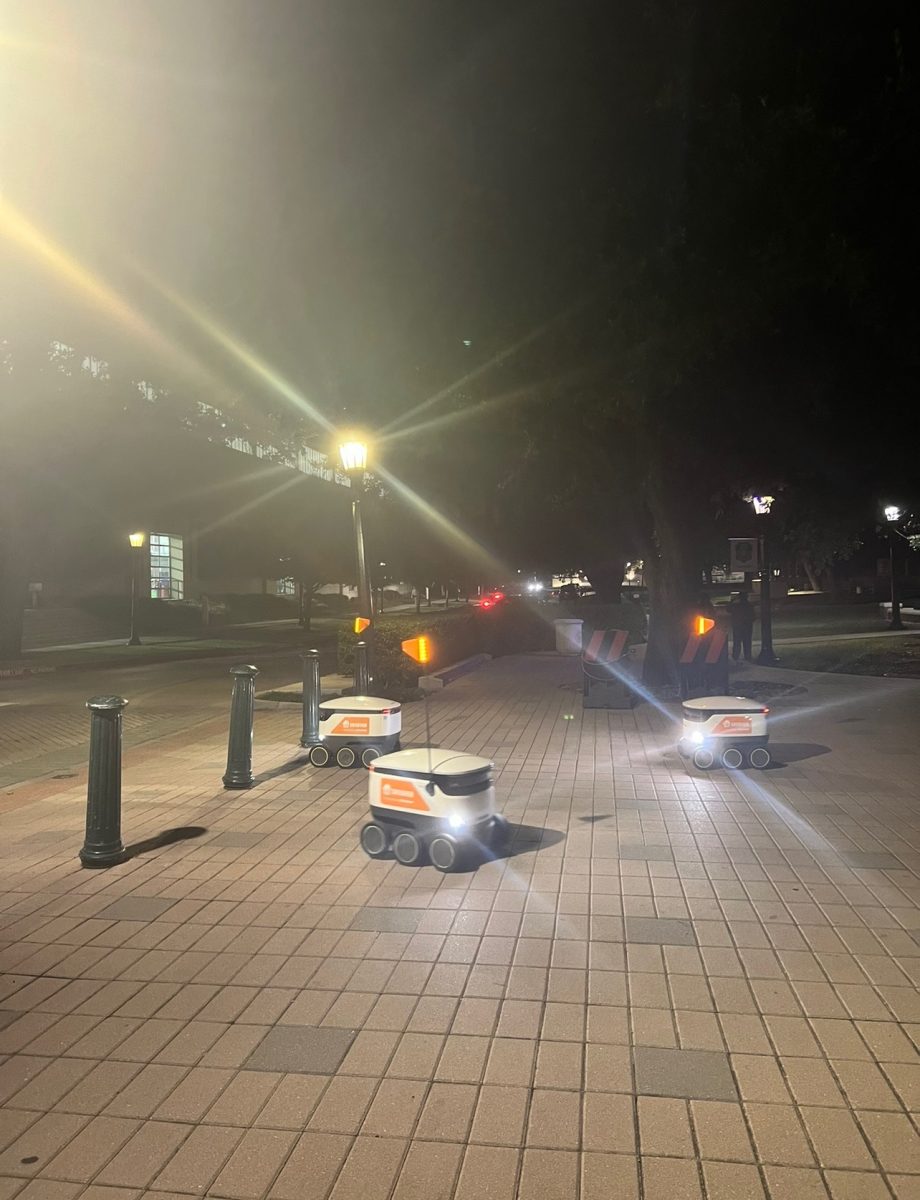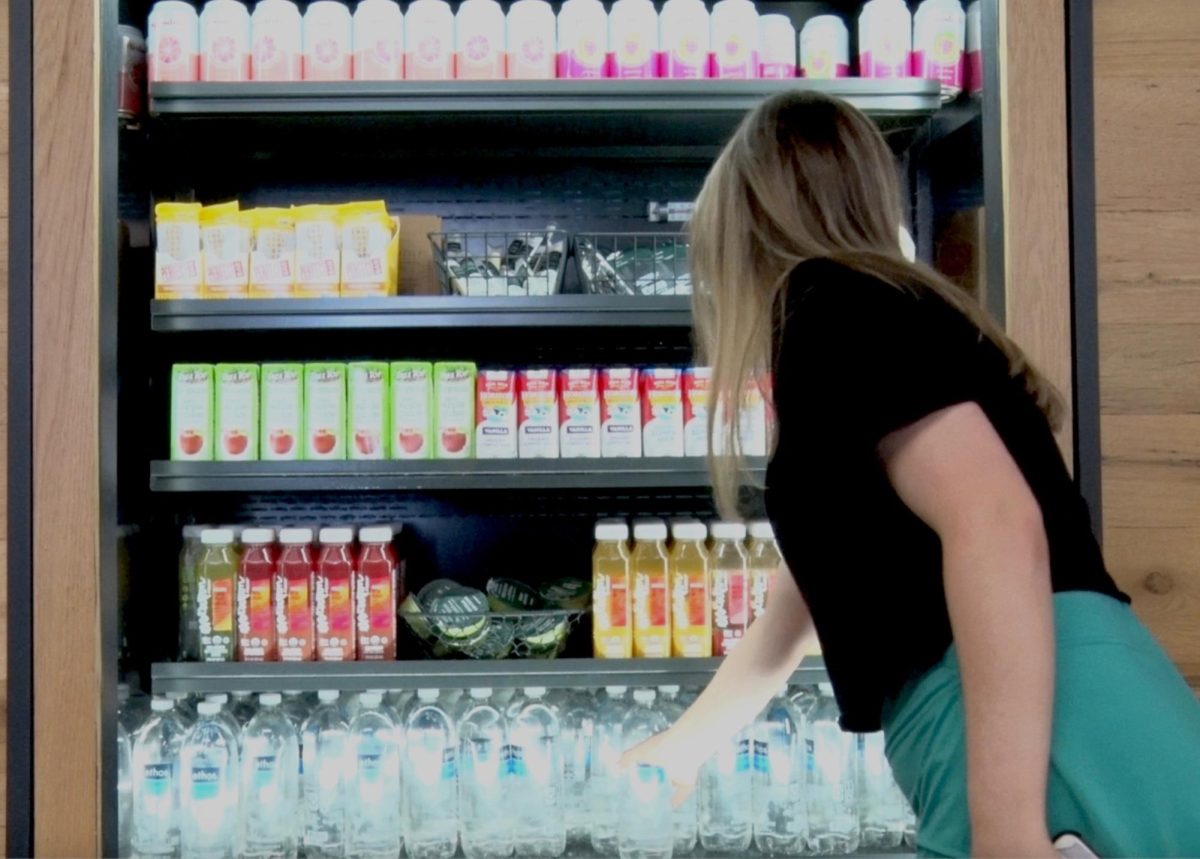
The Dallas Farmer’s Market, founded in 1949, is about to go through its first major renovation. Owned by the city of Dallas until recently, the new DFM will be privately owned and operated, and is expected to take on a completely different atmosphere over the next two years. The $64 million additions will include more space for vendors, renowned local restaurants, an apartment complex, a culinary education center and more.
DF Market Holdings, the market’s new private owner, hopes that a new look and feel will put Dallas on the map as a farm-to-table destination. But serious natural food consumers just want to see an increase in organic, all-natural and locally grown produce. The majority of the produce now sold at the DFM is non-organic, and local could mean anywhere within a 150-mile radius of the market’s location at the southeast corner of the downtown central business district.
“I believe that dressing up the farmer’s market is fine but the emphasis should be on where and how the food comes to us,” said Margaret Hayes, a Dallas local with a passion for the farm-to-table movement. Hayes, who used to shop at the market but no longer does, said she would return if more organic food was offered.
Hayes and others like her with a taste for organic will be glad to know that there are other changes afoot that deal specifically with the food, including where it is from and how it is grown.
“The critical thing is [that] the produce is good, fresh, unique,” said Brian Bergersen, a real-estate developer who is heading the market’s new management group. Other members of the group include Ruthie Pack of Standard Fruit and Vegetable, restaurateur Janet Cobb and her son Blair Black.
According to Bergersen, while the market won’t be exclusively organic, there will be an increase in the amount of organic and all-natural produce for sale.
Natural food consumers will also be glad to know that the new farmer’s market will be implementing stricter guidelines for farmers and dealers selling at the market. Many people interviewed for this story said they weren’t sure where much of the produce at the DFM comes from.
Bergersen said that local farms will be inspected in person to make sure their products are high quality. If the produce doesn’t meet a certain standard, it won’t be sold at the market.
Dealers purchase produce from farms — which can be located anywhere — to resell at the market. Bergersen said that the DFM doesn’t have a problem with that, as long as they know where the produce is coming from originally. Today, for instance, it’s unclear where some dealers are getting their produce. After the changes to the DFM, farms that supply dealers will be investigated, and dealers will not be allowed back into the market unless their produce meets certain standards.
“The point of a farmer’s market is to make sure you know where your food is coming from, how it’s grown,” Bergersen said.
Davio Ventouras is the co-founder of Boom Juice, a cold-pressed juice business that opened in the market’s Shed 2 about a month ago. Ventouras expects to see more farmers than dealers at the market in the future.
But Feliciano Flores, a dealer at the market, doesn’t think that farmers will dominate the market. He said that he and other dealers often buy directly from the farmers at the market and sell the produce in smaller quantities for a slightly higher price. This is because farmers aren’t able to spend an entire day or make a substantial profit at the market selling large cases of produce.
Bergersen said that offering quality produce for sale is the most important thing. Farmers who aren’t at the market to sell their own produce in person will be represented by dealers and possibly even a co-op.
A better selection would encourage Brad Bean, another Dallas local who used to shop at the DFM, to return to the market. Bean said that the biggest problem he had with the market was the sparse selection when produce wasn’t in season.
“It’s not like California where you have 50 million products available year-round,” Bergersen said. He said that while the market will focus on being as local as possible, it will also take opportunities to bring in
other products.
Bergersen said that the number of farms in the area today is fewer than it was 40 years ago. This is because many family farm operations have been sold to commercial farms over the years. As a result, he said that the DFM must expand its local reach beyond the current 150-mile boundary to be able to offer a wider variety of produce.
In addition to organic and local food, the market will also offer other kinds of food to satisfy different demands. Bergersen explained that this is because some consumers are more concerned with organic food while others are more focused on food grown locally.
The new farmer’s market will also supplement Texas-grown produce by offering specialty items, such as Hatch chiles or avocados, from different parts of the country at certain times of the year.
With three main sources for food — local farms, expanded local reach and out of state — the farmer’s market will have plenty of food to go around, Bergersen said. The goal is to make the market a destination for everyone, from Dallas residents and chefs who want unique, local, organic produce, to downtown residents who are simply in need of fresh produce.
Al and Adrianne Capua started Old World Sausage Company four years ago and were the first vendors inside Shed 2. Adrianne Capua said that the whole purpose of the market renovation is to make the DFM a destination on par with NorthPark Center, and she is looking forward to the changes.
After the renovations, Shed 1 will have 60 stalls for farmers and sellers. It will also be made more pedestrian-friendly by removing the parking spaces and drive lane that currently run through the middle of the shed.
Shed 2 will feature four renowned local restaurants — one anchor restaurant in each corner of the shed — and will showcase more specialty vendors in the middle of the shed.
Sheds 3 and 4 will house vendor stalls during the renovation but will ultimately be demolished and replaced with apartments, retail shops and a large parking lot.







